B2B or business-to-business market research is no longer confined to traditional surveys and focus groups. Over the past few years, the field has undergone a significant transformation, driven by rapid technological advancements and the ever-changing needs of businesses. What was once a process reliant on historical data and broad trends has become a dynamic and sophisticated endeavour, leveraging real-time insights, predictive analytics, and AI-driven methodologies.
The urgency for businesses to adapt has never been greater. Companies that fail to embrace these innovations risk falling behind, missing out on the deeper, more actionable insights that modern B2B research can provide. The ability to anticipate market changes, understand evolving customer needs, and outmanoeuvre competitors now depends on a company’s willingness to develop its research strategies in line with these advancements.
Staying ahead requires more than just keeping up with trends—it demands a proactive approach to integrating new technologies and methodologies into every facet of B2B research. The future of business success hinges on how effectively companies can navigate this evolving landscape.
The Rise of Predictive Analytics and AI in B2B Research
https://kadence.com/en-us/ai-in-market-research-hope-or-anxiety/Predictive analytics and Artificial Intelligence (AI) have become game-changers in B2B research. These technologies are reshaping how businesses analyse data and make decisions, moving from traditional, reactive approaches to more proactive, insight-driven strategies.
Transforming Data Analysis and Decision-Making
Predictive analytics uses historical data, statistical algorithms, and machine learning techniques to predict future outcomes. In B2B research, this means businesses can now anticipate customer needs, market shifts, and even competitor actions with a level of accuracy that was previously unattainable. For instance, companies can analyse buying patterns, customer behaviours, and industry trends to forecast demand, optimise product offerings, and tailor marketing efforts with pinpoint precision.
On the other hand, AI takes this a step further by automating data analysis processes and uncovering patterns that might not be visible to the human eye. AI-driven tools can process vast amounts of data in real-time, providing actionable insights faster and more efficiently than ever before. This speeds up decision-making and enhances the accuracy of those decisions, reducing the risk of costly errors.
Future Developments in AI and their Impact on B2B Research
The role of AI in B2B market research is set to expand. We can expect even more sophisticated tools that offer deeper insights and more nuanced analysis as AI technologies evolve. For example, natural language processing (NLP) advancements will allow AI to better understand and interpret unstructured data, such as customer feedback, social media interactions, and even voice communications. This will enable businesses to gain a more comprehensive understanding of customer sentiment and preferences, leading to more effective and personalised strategies.
As AI becomes more integrated into everyday business operations, it will likely play a pivotal role in automating data analysis and the entire research process—from data collection to interpretation. This could lead to the development of fully autonomous research systems that continuously gather and analyse data, providing real-time insights and recommendations without human intervention.
The implications of these developments are profound. Businesses that embrace predictive analytics and AI will be better equipped to navigate the complexities of the B2B landscape, making informed decisions that drive growth and innovation. As these technologies continue to advance, they will undoubtedly redefine what it means to conduct B2B research, pushing the boundaries of what’s possible and setting new standards for success in the industry.
Big Data and Real-Time Insights: Shaping the Future of B2B
In B2B research, big data has emerged as a powerful tool, driving more precise and timely insights. The sheer volume of data available today, coupled with advanced analytics, enables businesses to better understand their markets and customers than ever before. This shift towards big data is enhancing the accuracy of insights and transforming how and when these insights are gathered.
The Precision and Power of Big Data
Big data refers to the massive datasets businesses can access, often sourced from various channels, including social media, customer transactions, web analytics, and IoT devices. Analysing these vast amounts of data enables companies to identify patterns, trends, and correlations that would be impossible to detect using traditional research methods.
For B2B companies, this means segmenting markets with greater precision, tailoring offerings to specific customer needs, and forecasting industry trends with remarkable accuracy. For instance, by analysing big data, a business can pinpoint precisely when a potential client will purchase or identify the most popular products within a particular segment. This level of detail allows for more targeted marketing, optimised product development, and improved customer engagement.
The Shift Toward Real-Time Data Collection
As businesses seek to stay competitive in fast-moving markets, the shift towards real-time data collection is becoming increasingly important. Traditional research methods often rely on data that is already outdated by the time it’s analysed. In contrast, real-time data collection allows businesses to capture insights as they happen, providing an up-to-the-minute view of market dynamics and customer behaviours.
This immediacy has significant implications for B2B strategies. With real-time data, businesses can respond to market changes instantly, adjusting their strategies based on the latest information. For example, suppose a company notices a sudden shift in customer preferences or a new trend emerging in the market. In that case, it can quickly pivot its approach to capitalise on the opportunity.
Real-time insights also enhance the ability to monitor the effectiveness of ongoing campaigns and initiatives. Businesses can track performance metrics in real-time, making necessary adjustments on the fly to improve outcomes. This increases the efficiency of marketing and sales efforts and reduces the risk of wasted resources on ineffective strategies.
Implications for B2B Strategies
Integrating big data and real-time insights into B2B research fundamentally changes how companies approach their strategies. The ability to act on data-driven insights in real-time allows businesses to be more agile, responsive and customer-focused. This shift is particularly crucial in industries where customer needs and market conditions can change rapidly, such as technology, finance, and healthcare.
Also, as businesses continue to harness the power of big data, the competitive landscape will likely become even more data-driven. Companies that invest in the infrastructure and expertise needed to leverage big data and real-time insights effectively will be better positioned to outperform their competitors, driving innovation and growth in an increasingly complex market.
In essence, big data and real-time insights are not just tools—they are shaping the future of B2B research and strategy, enabling businesses to make smarter, faster decisions that align with the ever-changing demands of the market. As this trend continues to evolve, the companies that embrace it will lead the way in defining the next generation of B2B success.
Innovative Methodologies: Online Communities and Virtual Focus Groups
B2B research methodologies are evolving to leverage new technologies and platforms. Among the most impactful of these innovations are online communities and virtual focus groups. These cutting-edge techniques are providing businesses with deeper, more qualitative insights, allowing them to understand their customers and markets in ways that were previously unimaginable.
The Power of Online Communities
Online communities have become a valuable tool for B2B researchers looking to engage with their target audiences over extended periods. These communities typically comprise customers, prospects, or industry experts participating in ongoing discussions, surveys, and activities. Unlike traditional focus groups, which are limited in scope and duration, online communities allow for continuous interaction, offering a wealth of qualitative data over time.
One key benefit of online communities is their ability to capture real-time feedback and insights. Participants can share their thoughts, experiences, and preferences as they interact with a brand or product daily, providing researchers with a more authentic and nuanced understanding of customer behaviour. Additionally, the anonymity and comfort of engaging online often lead to more honest and open responses, resulting in richer data.
For B2B companies, online communities are particularly useful for exploring complex decision-making processes, understanding the pain points of different market segments, and testing new product concepts. The insights gathered from these communities can inform everything from product development to marketing strategies, helping businesses stay aligned with their customers’ needs and expectations.
Virtual Focus Groups: Bridging the Gap
While traditional focus groups have long been a staple of market research, the rise of virtual focus groups brings this methodology into the digital age. Virtual focus groups enable businesses to conduct in-depth discussions with participants worldwide without the logistical constraints of in-person meetings.
These sessions are typically hosted via videoconferencing platforms, where participants can interact with each other and the moderator in real-time. This format not only broadens the geographic reach of the research but also makes it easier to recruit diverse participants, leading to more representative and inclusive insights.
Virtual focus groups also offer several advantages over their traditional counterparts. For one, they can be conducted more quickly and cost-effectively, as there is no need for travel or physical facilities. Moreover, the digital format allows for the seamless integration of multimedia, such as product demos or interactive polls, enhancing the depth and engagement of the discussion.
In the B2B context, virtual focus groups are particularly valuable for exploring niche markets, testing new ideas, and gathering feedback on complex products or services. The immediacy and flexibility of this approach make it an ideal tool for companies looking to stay agile and responsive in a fast-paced, digital-first world.
Deeper Insights in a Digital-First World
Both online communities and virtual focus groups offer businesses the ability to gather deeper, more qualitative insights than ever before. In a world where digital interactions are increasingly the norm, these methodologies provide a window into the real-world experiences and perceptions of customers.
By leveraging these innovative techniques, B2B companies can gain a more comprehensive understanding of their markets, uncover unmet needs, and refine their offerings to better align with customer expectations. Whether exploring long-term trends through online communities or diving into specific issues via virtual focus groups, these methodologies represent the future of qualitative research in the B2B space.
In an environment where customer preferences are constantly evolving, the ability to gather and act on rich, qualitative data is more important than ever. As businesses continue to adapt to the digital-first world, those that embrace these innovative methodologies will be better equipped to navigate the complexities of the B2B landscape and drive long-term success.
The Integration of Behavioral Economics in B2B Research
Behavioral economics, which combines insights from psychology and economics to understand how people make decisions, has traditionally been applied in consumer-focused research. However, its integration into B2B research is gaining momentum as businesses seek to delve deeper into organisations’ complex decision-making processes. By incorporating behavioural economics principles, B2B companies can gain a more nuanced understanding of how factors like biases, heuristics, and social influences impact business decisions.
Understanding Decision-Making Processes in B2B
In B2B environments, decision-making is rarely straightforward. Unlike individual consumers, B2B decisions often involve multiple stakeholders, each with their own priorities, biases, and motivations. Behavioural economics helps to unpack these complexities by exploring how cognitive biases—such as loss aversion, anchoring, and social proof—affect decisions within organisations.
For example, the concept of loss aversion suggests that individuals are more motivated to avoid losses than to acquire equivalent gains. In a B2B context, this might mean that decision-makers are more likely to stick with a familiar supplier, even if a new option offers better value, simply to avoid the perceived risk of switching.
Similarly, anchoring—where initial information sets a reference point for subsequent decisions—can influence B2B negotiations. A supplier setting a high initial price, even if it’s negotiable, can anchor the buyer’s perception of what constitutes a “good deal,” impacting the final agreement.
Illustrative Example: Applying Behavioral Economics in B2B Research
To illustrate how these principles can be applied in B2B research, consider the following fictional example based on real-world experiences:
A mid-sized manufacturing company faced declining sales of one of its key products. The company couldn’t understand why customers were not responding despite lowering prices and offering promotions. By integrating behavioural economics into their research, the company discovered that their customers, primarily procurement managers, were exhibiting status quo bias—a preference for maintaining the current situation over making a change.
The managers were reluctant to switch to the new product due to perceived risks associated with the transition, even though the new product offered clear advantages.
With this insight, the company adjusted its marketing strategy to address these behavioural concerns. They introduced a “risk-free trial” period, allowing customers to test the new product without committing to a full purchase. Additionally, they provided detailed case studies showcasing other businesses that had successfully made the switch, leveraging the power of social proof. As a result, the company saw a significant increase in adoption rates, confirming the effectiveness of their new approach.
The Future of Behavioral Economics in B2B Research
As businesses integrate behavioural economics into their research, they will be better equipped to understand and influence the decision-making processes within their target markets. This approach not only helps predict how customers will respond to different strategies but also designs more effective marketing, sales, and product development initiatives.
Understanding and leveraging behavioural insights will likely become a key differentiator. Companies that can identify and address the underlying psychological drivers of their customers’ decisions will be better positioned to build stronger relationships, foster loyalty, and drive long-term growth.
Incorporating behavioral economics into B2B research represents a significant shift from traditional methods to a more sophisticated, human-centric approach, by focusing on the “why” behind decisions, businesses can develop strategies that resonate more deeply with their customers, ultimately leading to more successful outcomes in the complex world of B2B.
Adapting to the New Normal: Remote and Hybrid Research Models
The shift to remote and hybrid work environments, accelerated by the global pandemic, has profoundly impacted B2B market research methodologies. As businesses adapt to these new ways of working, research practices have also evolved to meet the demands of a more distributed and flexible workforce. Remote and hybrid research models are now becoming standard in the B2B landscape, offering unique benefits and challenges.
Influence on B2B Research Methodologies
With the traditional office setting becoming less central, B2B research has increasingly moved online. Virtual interviews, remote surveys, and digital focus groups have become the norm, enabling researchers to gather insights without needing physical presence. This shift has opened up new possibilities for reaching wider audiences, breaking down geographic barriers, and accessing participants who might otherwise be difficult to engage.
Hybrid research models—combining both in-person and remote methods—are gaining traction as companies seek to balance the depth of face-to-face interactions with the convenience and efficiency of digital tools. For example, a hybrid approach might involve conducting an initial virtual survey to gather broad quantitative data, followed by in-depth in-person interviews with key stakeholders to explore the findings further.
Benefits of Remote and Hybrid Research Models
- Wider Reach and Accessibility: Remote research models allow businesses to connect with participants from diverse locations, providing a more representative sample. This is particularly valuable in B2B markets, where decision-makers may be spread across different regions or even countries.
- Cost Efficiency: Remote research is more cost-effective because it eliminates the need for travel, venue hire, and other logistical expenses. This allows companies to allocate resources more strategically, potentially increasing the frequency or scope of their research efforts.
- Flexibility and Convenience: Remote and hybrid models offer greater flexibility for researchers and participants. Meetings can be scheduled at convenient times, and participants can join from their preferred locations, leading to higher engagement and more candid responses.
- Real-Time Data Collection: Digital tools enable real-time data collection and analysis, allowing businesses to act quickly on emerging trends or insights. This agility is crucial in fast-paced B2B markets where timely decision-making can provide a competitive edge.
Challenges of Conducting Research in a Remote or Hybrid Setting
- Technological Barriers: While remote research offers many advantages, it relies heavily on technology. Participants may face challenges such as poor internet connectivity, unfamiliarity with digital platforms, or technical difficulties, which can affect the quality of the data collected.
- Lack of Personal Interaction: One of the main drawbacks of remote research is the absence of face-to-face interaction, which can limit the depth of insights gained. Non-verbal cues, body language, and the subtleties of in-person communication are often lost in virtual settings, potentially leading to less nuanced understanding.
- Engagement and Attention: Keeping participants engaged in a remote setting can be more challenging than in a traditional research environment. Distractions, screen fatigue, and the informal nature of virtual meetings may result in lower levels of focus and participation.
- Security and Privacy Concerns: Conducting research online raises important data security and privacy considerations. Ensuring that sensitive information is protected and that research practices comply with relevant regulations is critical, especially when dealing with high-stakes B2B data.
Navigating the New Normal
Despite these challenges, remote and hybrid research models offer a viable and often preferable alternative to traditional methods in today’s business environment. By leveraging the strengths of digital tools while addressing their limitations, B2B companies can continue to conduct effective research that drives informed decision-making.
To maximise the benefits, businesses should invest in robust technology platforms, provide clear guidance and support to participants, and combine remote methods with occasional in-person interactions where possible. Embracing flexibility and innovation in research approaches will enable companies to adapt to the new normal, ensuring they remain responsive to the evolving needs of their markets.
As remote and hybrid work environments become a permanent fixture in the business world, the ability to conduct research in these settings will be essential for maintaining a competitive edge. By adopting these models, businesses can not only weather the current landscape but also thrive in the future of B2B research.
Future-Proofing B2B Research: Embracing Sustainability and ESG Metrics
As global awareness of environmental and social issues grows, sustainability and ESG (Environmental, Social, and Governance) metrics are central to business strategies. This shift is transforming not only how companies operate but also how they conduct B2B research. Businesses that prioritise sustainability and ESG factors in their research are better positioned to meet stakeholders’ expectations, navigate regulatory landscapes, and secure long-term success.
The Rising Importance of Sustainability and ESG in B2B Research
Sustainability and ESG metrics have moved from being niche considerations to critical components of business strategy. Investors, customers, and regulators alike are increasingly demanding that companies demonstrate their commitment to ethical practices, environmental stewardship, and social responsibility. In the B2B space, this means that research strategies must evolve to include these metrics as key indicators of business performance and risk.
For instance, companies are now expected to assess the environmental impact of their supply chains, the diversity and inclusion within their workforce, and their governance practices. These factors are not only crucial for compliance and reputation management but also for understanding the broader market trends and customer preferences that are driving change.
Incorporating sustainability and ESG metrics into B2B research allows businesses to understand how these issues influence buying decisions and competitive dynamics. By analysing how customers and partners prioritise sustainability, companies can tailor their offerings to align with these values, strengthening their market position.
Integrating ESG Factors into Research Strategies
To effectively integrate sustainability and ESG metrics into their research, businesses are adopting a range of strategies:
- ESG-Focused Surveys and Interviews: Companies are designing surveys and conducting interviews that specifically address ESG concerns. This might include questions about a company’s carbon footprint, ethical sourcing practices, or commitment to diversity. By gathering this data, businesses can better understand how stakeholders perceive their ESG efforts and where improvements are needed.
- Sustainability Impact Assessments: Some businesses conduct sustainability impact assessments as part of their market research. These assessments evaluate the environmental and social implications of business practices, products, or services. The findings help companies identify opportunities to reduce negative impacts and enhance positive contributions, which can be leveraged in marketing and communications.
- Benchmarking Against ESG Standards: Benchmarking against established ESG standards, such as the Global Reporting Initiative (GRI) or the Sustainability Accounting Standards Board (SASB), is becoming increasingly common. By comparing their performance to these benchmarks, businesses can identify gaps and set goals for improvement. This approach informs internal strategy and demonstrates to stakeholders that the company is committed to continuous improvement in sustainability.
- Incorporating ESG Data into Predictive Models: As companies continue to leverage predictive analytics in B2B research, they are beginning to incorporate ESG data into their models. This allows businesses to forecast how sustainability trends impact market demand, customer preferences, or regulatory requirements. For example, a company might use predictive analytics to determine how increasing regulations on carbon emissions could affect its supply chain or customer base.
The Business Case for ESG Integration
Integrating sustainability and ESG metrics into B2B research is not just a response to external pressures—it’s a strategic advantage. Companies that excel in these areas are finding that they can differentiate themselves in the market, build stronger relationships with stakeholders, and mitigate risks associated with environmental and social issues.
As more businesses prioritise sustainability, the competitive landscape is shifting. Companies that fail to adapt may find themselves at a disadvantage, losing out on opportunities with customers and partners who value ESG performance highly.
Future-proofing B2B research by embracing sustainability and ESG metrics is essential for businesses looking to thrive long-term. By incorporating these factors into their research strategies, companies can ensure they remain relevant, competitive, and aligned with the values shaping the business’s future.
In an era where corporate responsibility is increasingly tied to business success, integrating sustainability and ESG considerations into B2B research is not just a trend—it’s the new standard. As businesses continue to evolve, those who lead with a commitment to sustainability will be the ones setting the pace for the industry.
Case Study: Leveraging Advanced Research Techniques for Competitive Advantage
A compelling example comes from a multinational tech platform company that sought to strengthen its position in the cloud services market across multiple segments and regions.
The Challenge
The company faced significant challenges due to the complexity of its B2B sales environment. With an expanding portfolio of cloud solutions, it needed to manage a vast array of channels, global regions, and customer segments, including small- and medium-sized businesses (SMB), enterprises, and public-sector clients. The key challenge was to optimise its go-to-market strategies across these diverse segments while scaling its sales processes to meet growing demand.
The Solution
To address these challenges, the company implemented a scalable “human + machine” model that rapidly tests and optimises new and existing products and segments. This approach combined human insight with advanced analytics and machine learning, allowing the company to continuously refine its strategies in real time.
Key components of the strategy included:
- Sales Development: Enhancing inbound and outbound demand generation across the Americas, focusing on lead enrichment, prioritisation, and qualification.
- Partner Enablement: Providing comprehensive support to channel partners, including training, co-selling, and lead generation, particularly in North and Latin America.
- Full-Cycle SMB Sales: Creating a connected experience for SMBs throughout their customer journey, from acquisition to growth and customer success.
Outcomes
The results of this innovative approach were impressive:
- Increase in new pipeline generation.
- Increase in upsell, cross-sell, and net-new revenue.
- Increase in lead-to-pipeline conversion rate.
- Increased partner satisfaction score.
These outcomes not only solidified the company’s market position but also set the stage for further expansion into Europe and Asia-Pacific, demonstrating the power of leveraging advanced research techniques in B2B sales.
Lessons Learned
This case highlights several key lessons for B2B companies looking to gain a competitive edge:
- Integration of Technology and Human Insight: Combining machine learning with human expertise allows for more nuanced and effective decision-making.
- Rapid Testing and Iteration: The ability to quickly test and refine go-to-market strategies can significantly enhance responsiveness to market dynamics.
- Comprehensive Support Structures: Providing robust support to partners and customers throughout their journey is crucial for long-term success and satisfaction.
Preparing for the Future of B2B Research
As the B2B landscape continues to evolve, the need to embrace emerging research methodologies has never been more pressing. Integrating AI, big data, and innovative qualitative techniques is not just a trend—it’s a strategic imperative. Companies that fail to adapt, risk being outpaced by competitors who are leveraging these tools to gain deeper insights, make faster decisions, and build more resilient strategies.
The future of B2B research is one where agility and foresight determine success. Businesses must be willing to invest in cutting-edge technologies and methodologies that enhance their understanding of the market and anticipate its next moves. This requires shifting from traditional, reactive approaches to a more proactive, data-driven mindset.
Staying competitive in this environment means more than just keeping up—it means leading the charge. The companies that will thrive are those that can quickly adapt to new ways of gathering and analysing data, those that understand the complexities of modern buyer behaviour, and those that are committed to sustainability and ethical practices as core components of their research strategies.
The call to action is clear: invest in these emerging methodologies, or risk being left behind. The businesses that make these investments today will not only navigate the uncertainties of tomorrow but will also set the standards for the future of B2B research. The time to act is now—because the future won’t wait.


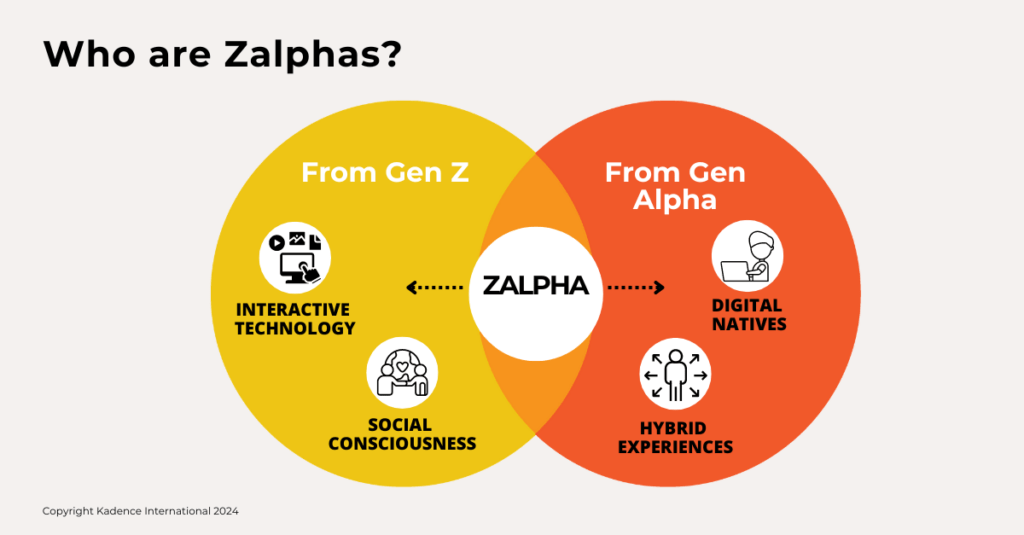





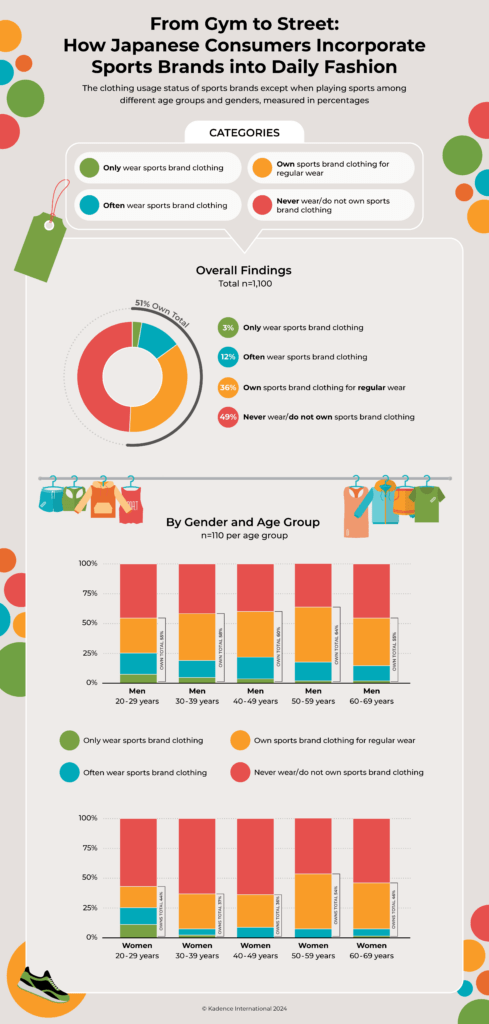
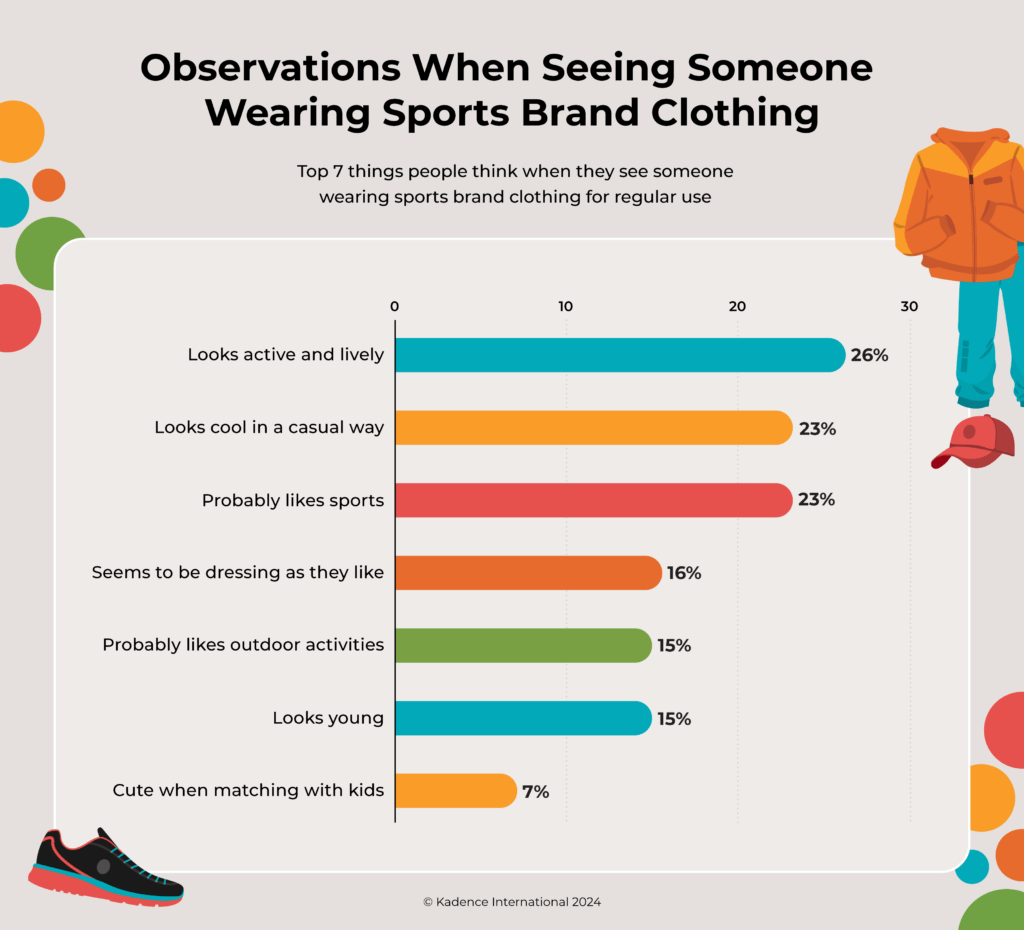







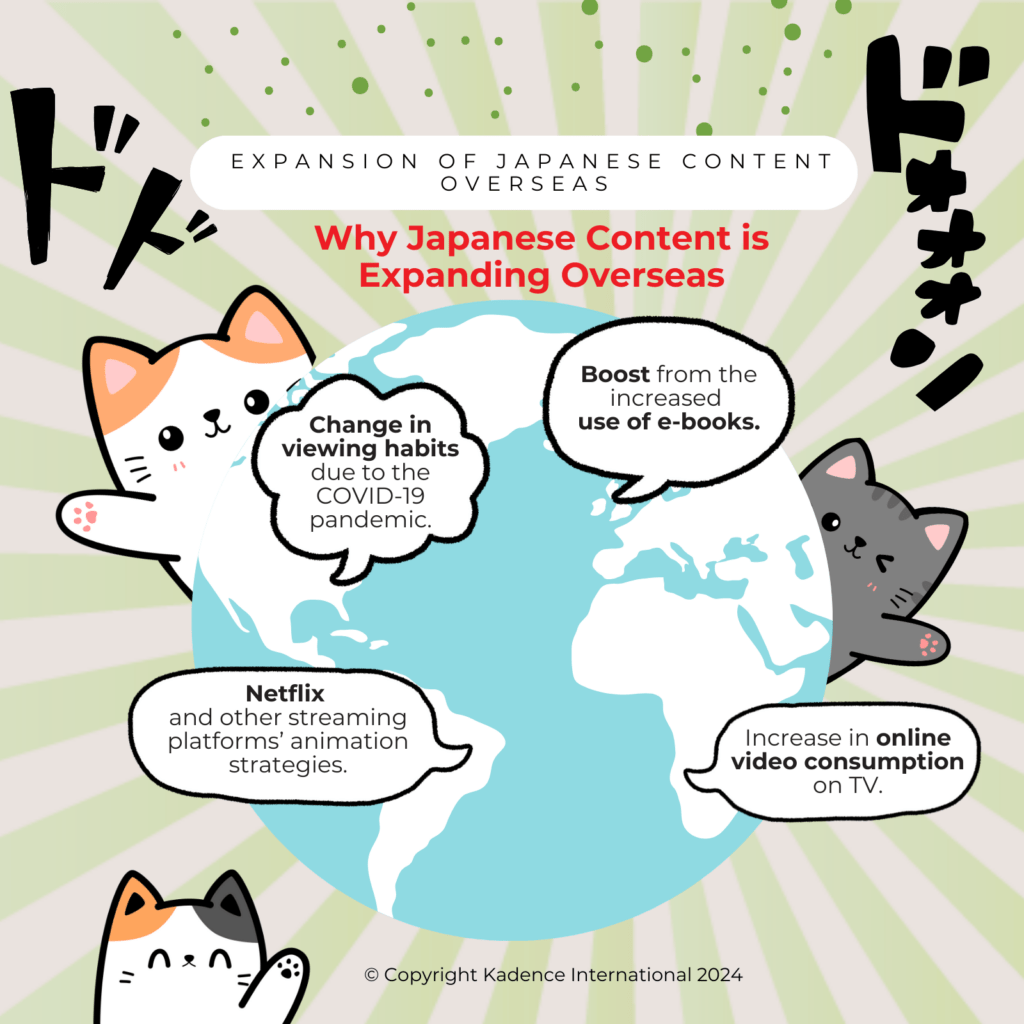


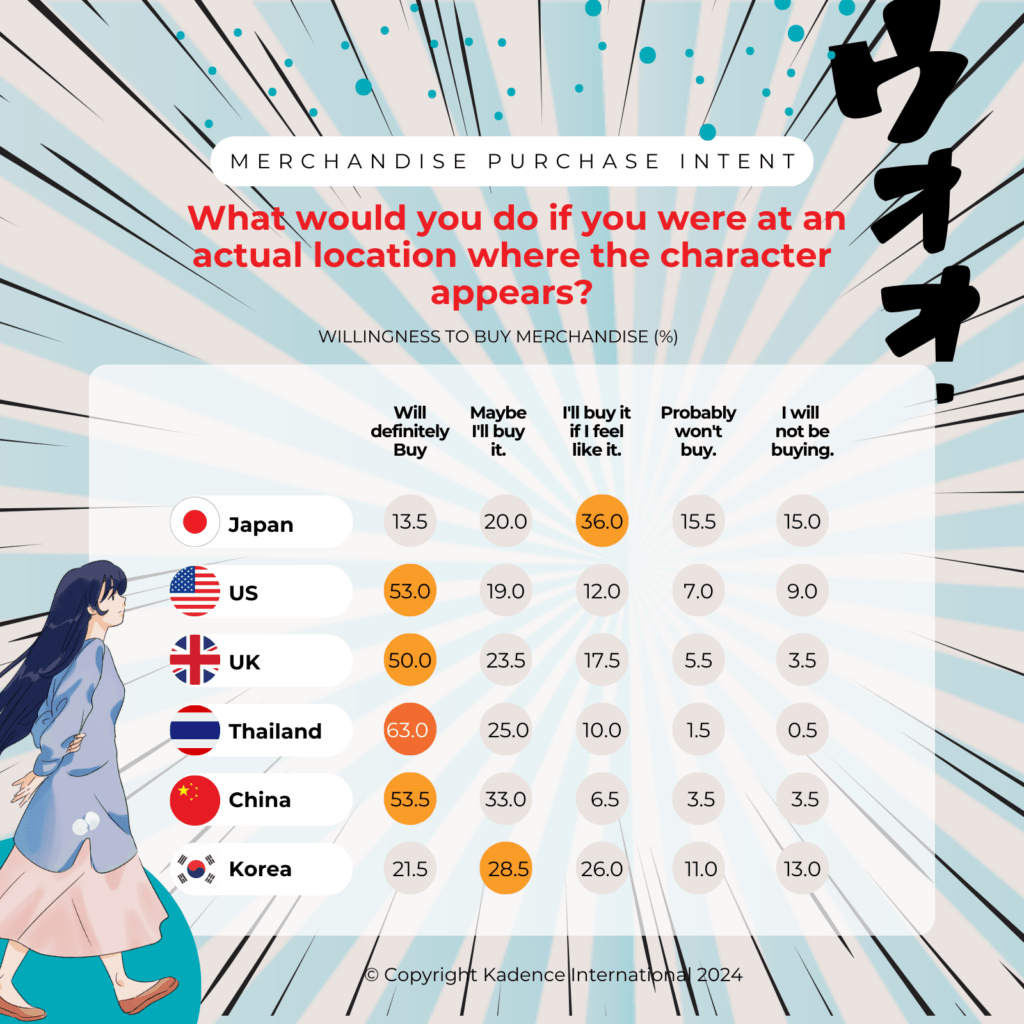
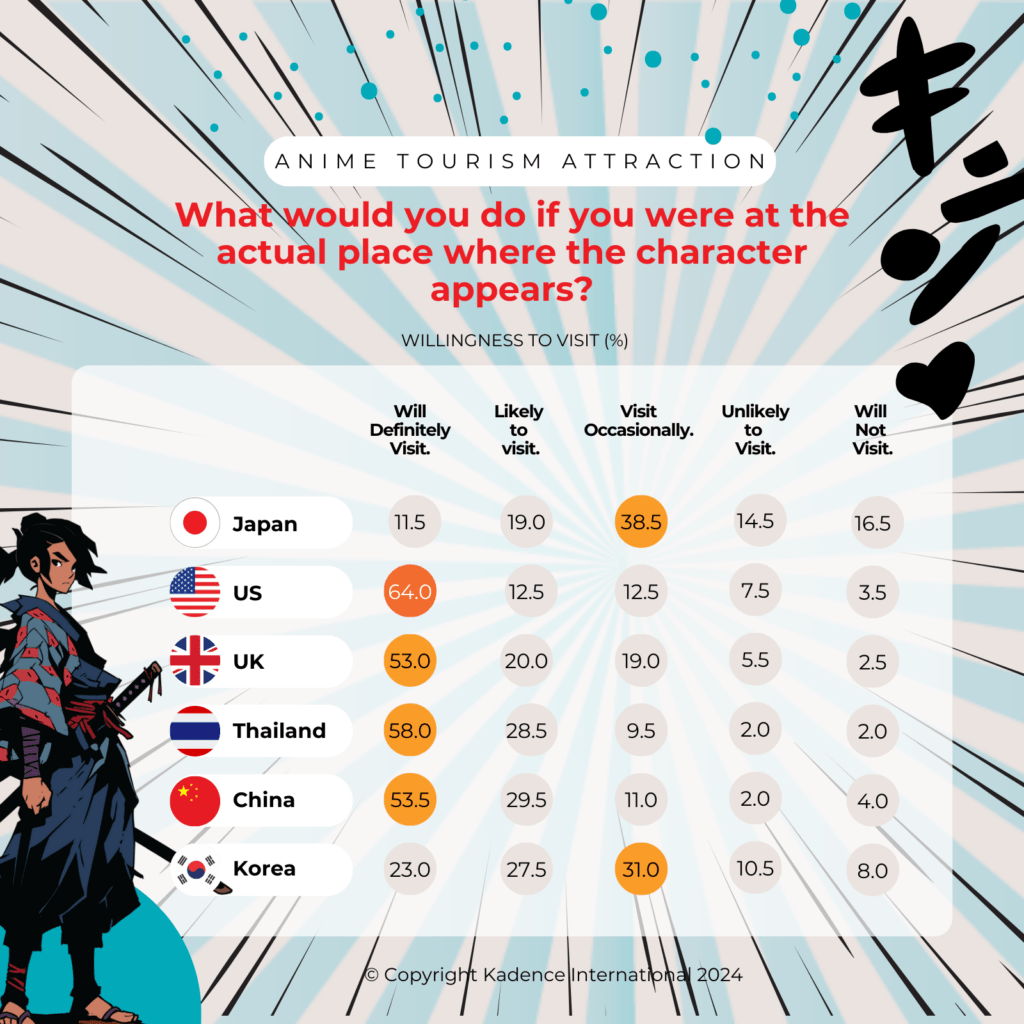





 Senior Marketing Executive
Senior Marketing Executive Sales & Marketing
Sales & Marketing General Manager PR -Internal Communications & Government Affairs
General Manager PR -Internal Communications & Government Affairs Vital Strategies
Vital Strategies
 Customer Intelligence Director
Customer Intelligence Director